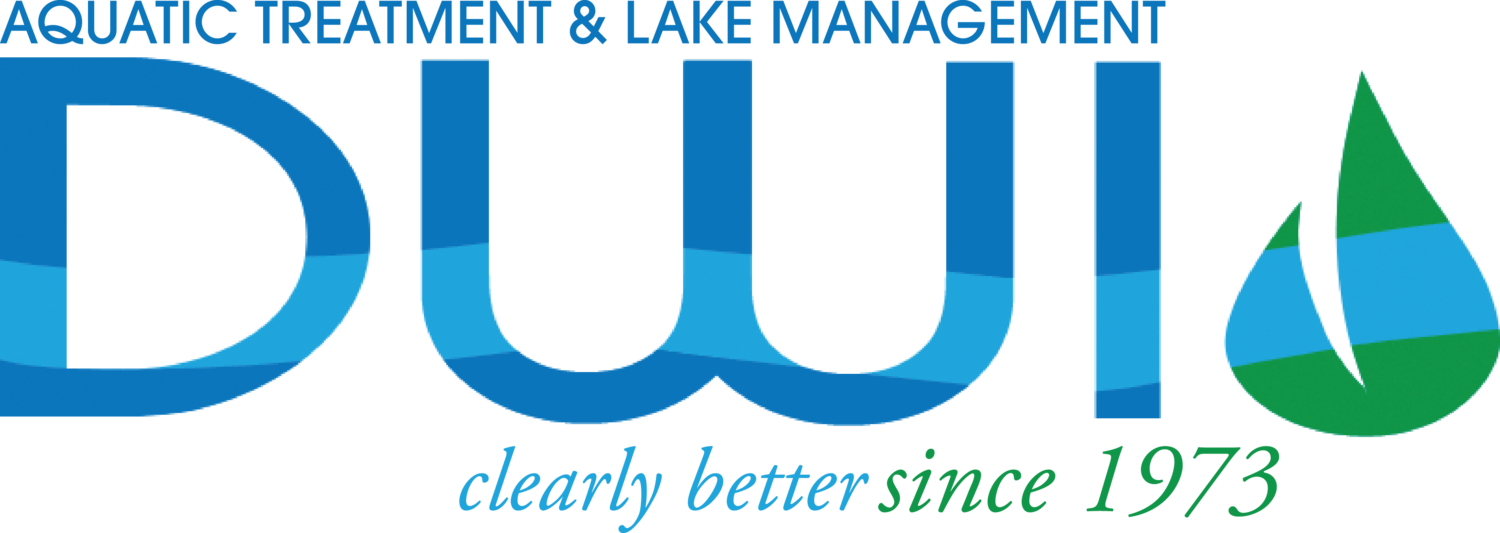By Patrick Simmsgeiger, Founder of DWI
When bottled water companies want us to think their product is pure, they show us images of spring-fed lakes high in the mountains. These lakes are assumed to be free of organic contaminants, bacteria, and chemical toxins. Therefore, our impression of pure water includes white snow melting on a rocky peak far from the perils of contamination.
In truth, there is not such thing as “pure” water. Mountain lakes have weeds and contaminants just like those in cities. They experience the same life cycle as their cousins down below. Once a flood, earthquake, or volcano forms a lake, nature begins a long process of trying to eliminate it.
Water’s primary role on earth is as a solvent that dilutes minerals and chemicals and carries suspended solids. When we judge a lake’s cleanliness, we are really comparing different chemicals, minerals, and suspended matter in the water. Some can be harmful, whereas others can be helpful. To make accurate judgments, we really need the truth about each.
Filters, while removing suspended contaminants, can’t make water pure. They have no impact on dissolved materials in the water. Water conditioners, which aren’t practical for lakes, utilize a chemical reaction to replace some dissolved minerals in water with others. This exchange makes the water seem “softer”. It also increases the content of other minerals, including sodium in the softer water.
The bottom line: No simple way exists to say with certainty that one lake is cleaner than another. Instead, we use subjective opinions based on appearance, odor, and taste. We can take water from a lake to a laboratory and find out exactly what’s in it, but few people would actually do that.
Solutions Exist
We don’t need a laboratory test to detect problems such as weeds, odors, and murkiness in lakes. There are solutions for each problem and a combination of these is most beneficial in the long term.
These problems are not entirely preventable. Weather conditions can tip the scales in favor of algae in shallow lakes. It’s difficult to prevent runoff from surrounding landscapes from reaching lakes, and it’s impossible to keep birds and fish out of lakes. Consequently, even the best superintendent can run into lake problems under certain circumstances. Dredging, filtration, circulation, and treatment can all work together to provide the greatest protection against outbreaks of weeds. However, not all of them are practical for lake owners. Doing nothing, on the other hand, is a prescription, for serious lake quality problems at some point. You can try to beat the odds, or you can carry out a lake maintenance program that is practical and affordable for you. Prevention is preferable to curing an established problem. Once aquatic plants gain a foothold, they are harder to control for a number of reasons.
Once way to look at a lake is by its nutrient content. Algae competes with other plants and bacteria for nutrients in the water. These nutrients come from waste from birds and fish, dead plants, and fertilizers applied to surrounding landscapes that drain into the lake. While controlling runoff and animal waste is very difficult, we can reduce the amount of dead plant material by various control methods. We can also increase competition by adding manageable plants and beneficial bacteria.
Chemical methods of weed control are more practical than mechanical methods. Dredging, weed removal, filtration, and circulation involve equipment and power. Chemical treatments can be handled by a professional in a relatively short amount of time on a regular basis. Algae control products used properly are not harmful to beneficial bacteria, wildlife, or fish.
Chemicals used in aquatic weed control have to be approved by the US Environmental Protection Agency and your state environmental agency. Most must be applied by a certified applicator who has been trained in weed identification, proper use, and ability to determine the appropriate dose for the particular lake.
Primary Problems
Lake health and appearance are most severely impacted by foam, murkiness (suspended solids), and algae. Foam can be caused by detergent residue entering the lake. Detergents are minerals that clean by latching onto particles of dirt. The combined detergent/ dirt particle move with the water until it finds a collecting point, your lake.
The visible foam is detergent particles that have mixed with air and water to form bubbles. These bubbles have significant surface tension and remain intact. The way to eliminate them is to lower the surface tension of the bubbles so they will break down.
Murkiness is caused by a large amount of solids suspended in the lake water. Why these particles remain suspended, rather than falling to the bottom, is the result of an electrical attraction between water molecules and the tiny particles. By eliminating the charge with a chemical, the particle will no longer be held in suspension by the water and will fall to the bottom quickly. Circulation and filtration can also lower the amount of suspended solids in the water.
Algae is selectively sensitive to mild concentrations of copper in water. The effectiveness of algaecides depends upon the ability of the copper to reach and stay in the vicinity of the algae. Chelated copper algaecides are notably more effective.
Once the copper has killed the algae, there has to be adequate oxygen in the water to permit rapid decomposition of the algae. Bacteria carry out decomposition. When oxygen is lacking in the water, the bacteria’s ability to break the algae down is restricted. Anaerobic bacteria can continue to break the algae down, but in the process, they release a detectable sulfur gas.
Aeration and circulation can improve the oxygen content of the lake water. Beneficial bacteria are commercially available to provide reinforcements for your lake’s bacteria. However, they will also require oxygen to do their job.
Finally, algae needs light to carry out photosynthesis, which enables it to grow and reproduce. Dyes can be mixed with the lake water to shade out sunlight and to rob the algae of their ability to carry on photosynthesis. These dyes are a natural blue and are chemically inert and safe to wildlife.
Dead algae, once broken down by bacteria, become nutrients for other algae problem, follow-up treatment is necessary until the nutrient load caused by the dead algae is brought down to normal. Cool, well-oxygenated water is necessary to prevent algae blooms from raising the nutrient load in your lake. Steps to reduce nutrients from a runoff and animal waste will also contribute to a healthier lake.
Once the balance between nutrients and decomposition is disrupted, chemicals are a useful way to restore a healthy balance to your lake.



